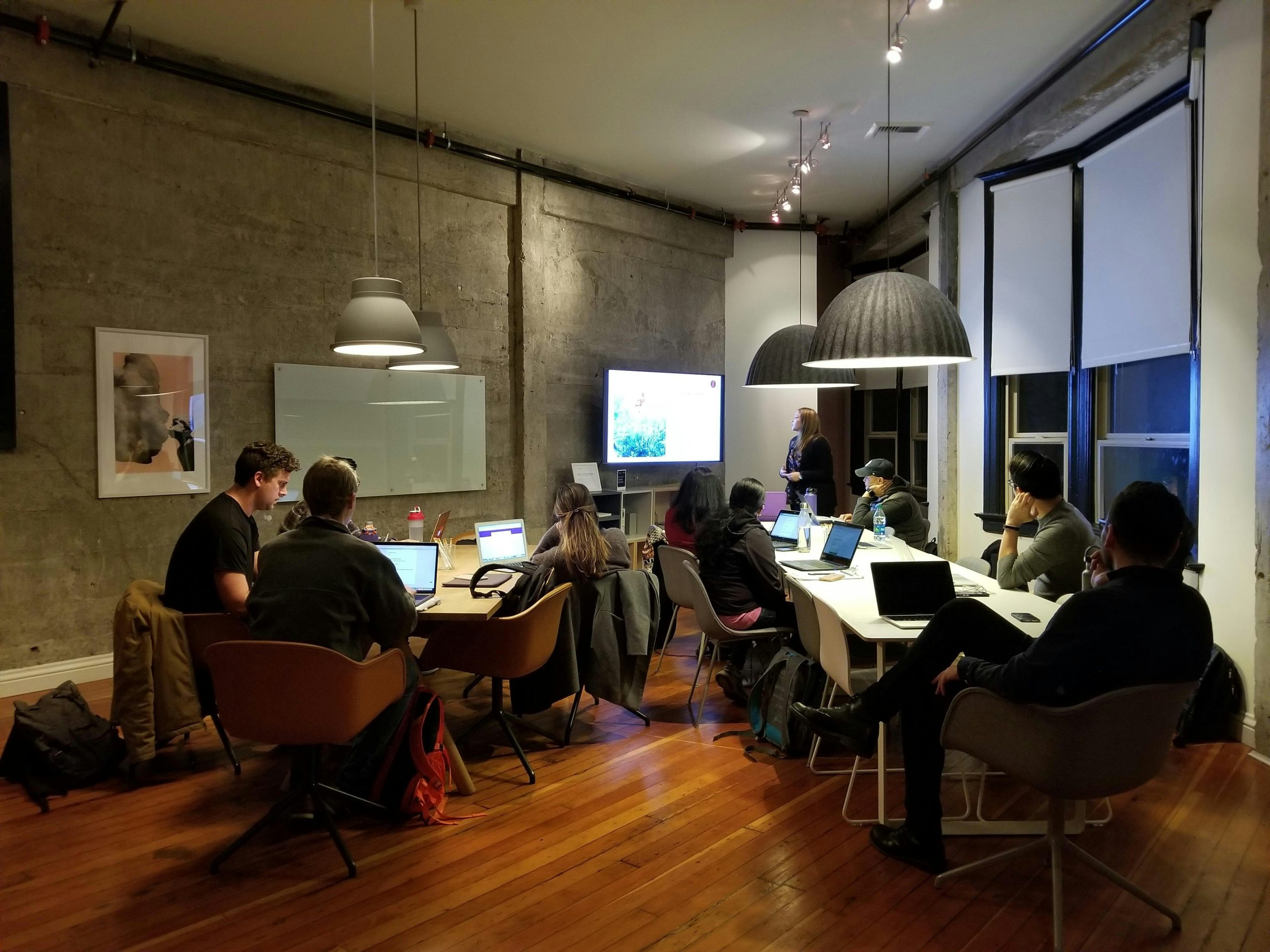2025-04-11 Author:Ofiexperts
As work culture continues to evolve, traditional office spaces are being challenged by a growing trend: community-based workspaces, or co-working spaces. These innovative environments are reshaping how businesses and individuals approach their workday, offering flexibility, collaboration, and a dynamic atmosphere. But what exactly sets them apart from the traditional office setup? Let’s dive into the key differences and benefits of community-based workspaces.

One of the biggest draws of community-based workspaces is their flexibility. Unlike traditional offices, which often require long-term leases and fixed desks, co-working spaces offer a range of membership options. You can opt for a hot desk, a dedicated desk, or even a private office, depending on your needs. The flexible terms—whether monthly or short-term—make them an attractive option for freelancers, startups, and remote teams. This contrasts with the traditional office, where businesses are typically locked into long-term agreements with little room to scale up or down quickly.
Co-working spaces are built with collaboration in mind. With a mix of entrepreneurs, freelancers, and small teams working side-by-side, these spaces encourage creative interaction and cross-industry networking. Members often participate in shared events, workshops, or meetups that allow them to connect with like-minded individuals or potential business partners.
In contrast, traditional offices tend to limit collaboration to internal teams or departments. Cross-industry interaction is often minimal, as businesses are typically separated by their company-specific tasks and goals.
For startups or small businesses, co-working spaces offer a cost-effective alternative to renting a traditional office. By paying only for the desk space you need—whether it’s a hot desk for a day or a private office for a team—companies can save significantly on overhead costs. Co-working memberships typically include utilities, internet access, cleaning services, and sometimes even coffee or snacks.
Traditional offices, on the other hand, come with higher costs, including rent, furniture, utilities, and maintenance. These fixed expenses can be difficult to manage, especially for smaller businesses or remote workers who don’t require a full office setup.
The work environment in co-working spaces is designed to promote both comfort and creativity. These spaces are typically open-plan with a mix of different seating options, such as standing desks, lounge chairs, and modular workstations. The interior design tends to be modern and vibrant, often with an emphasis on aesthetics to create a welcoming atmosphere. Many co-working spaces even feature wellness areas, including fitness rooms, lounges, or quiet zones.
In traditional offices, the design can be more rigid and formal, with less attention paid to employee comfort or flexibility. Furniture choices are often basic, and the space is typically designed for function rather than inspiration.
Co-working spaces often come equipped with the latest technology to support productivity and collaboration. High-speed internet, printers, and video conferencing tools are standard, and members may have access to meeting rooms, event spaces, and even advanced AV equipment. Many co-working spaces also offer integrated support services, such as IT assistance or administrative help.
Traditional offices can struggle to keep up with the same level of tech and shared resources, particularly for smaller businesses. The cost of installing and maintaining state-of-the-art technology and equipment is often prohibitive, especially for companies with limited budgets.
Modern co-working spaces often prioritize work-life balance with wellness initiatives such as yoga classes, meditation spaces, or gym access. These spaces foster a more relaxed and inclusive work culture, encouraging employees to take care of both their professional and personal well-being.
Traditional offices, on the other hand, have historically focused more on productivity and structure, with less emphasis on employee wellness or leisure activities. While this is slowly changing, co-working spaces are currently ahead in integrating well-being into the workday.
One challenge for co-working spaces is their noise levels. Due to the open-plan layout, these environments can often be noisy, with people talking, moving around, and collaborating. Some co-working spaces mitigate this with designated quiet zones or private pods for focused work.
In contrast, traditional offices often offer more predictability in terms of noise levels and privacy. Private offices or cubicles provide employees with a quiet space to concentrate without the distractions of a shared workspace.
A key benefit of community-based workspaces is the diversity they bring. With people from various industries, backgrounds, and cultures, co-working spaces expose members to different ways of thinking and problem-solving. This exposure fosters innovative thinking and helps members see challenges from new perspectives.
Traditional offices, especially those within a single company or industry, may lack this diversity. Employees are often surrounded by colleagues who share similar expertise and viewpoints, which can limit creativity and innovation.
Community-based workspaces have gained significant popularity due to their flexibility, cost-effectiveness, and emphasis on collaboration. Whether you’re a freelancer, startup, or a remote team, these spaces provide an environment that fosters creativity, innovation, and networking. With the rise of remote work and hybrid models, co-working spaces are poised to continue growing as an attractive alternative to traditional offices.
As businesses adapt to this new workspace paradigm, the demand for ergonomic furniture, modular desks, and acoustic solutions will increase. Companies catering to these dynamic environments can create more comfortable, productive, and engaging workspaces that align with the future of work.
